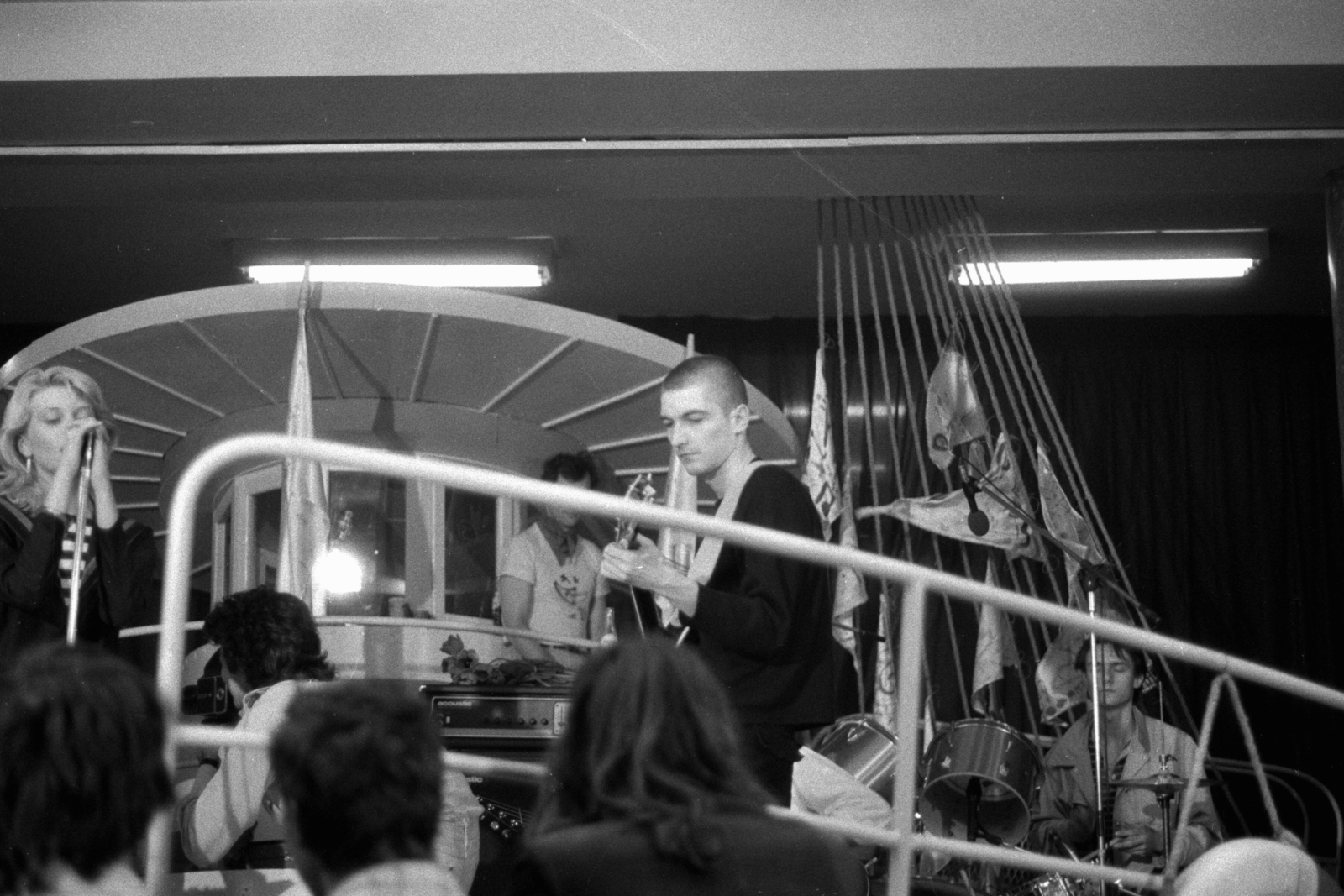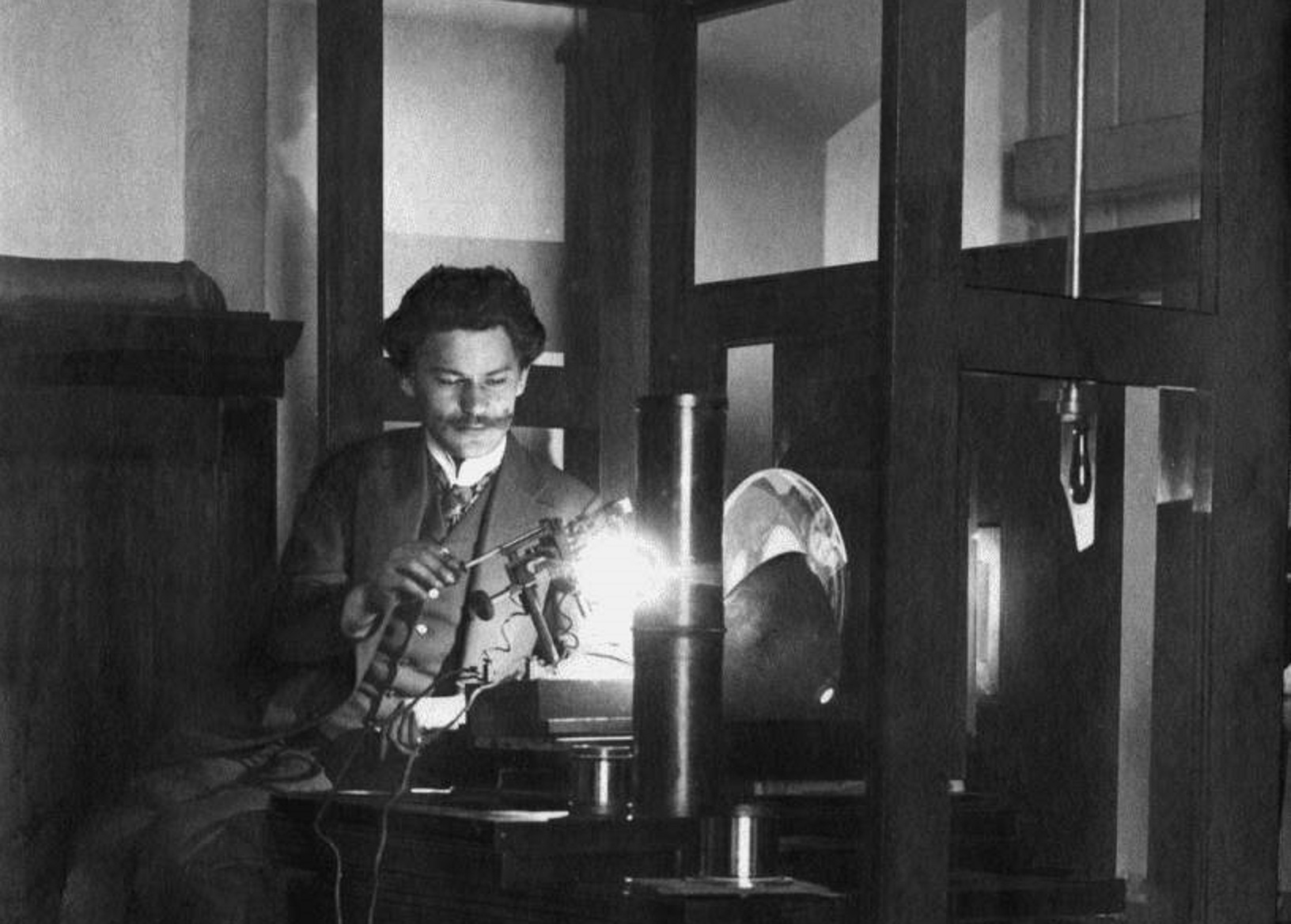Persons from various social strata in Hungary were very responsive to the events taking place in Poland between 1980-81. Many from the underground music and art scenes, among others, declared solidarity with Poles, regardless of the campaign against them launched by the Hungarian state media.
by Gábor Danyi
For the leaders of Communist countries, the changes in Poland after 1976 – that is, the emergence of the democratic opposition and then Solidarity – were perceived as a crisis that needed to be controlled. It was no different for the leadership of the Hungarian Socialist Workers Party, headed by János Kádár, who considered the situation very ambiguous. The crisis in Poland allowed the Hungarian authorities to demonstrate (to the public and external observers) that the Hungarian economy was in a good state, with higher living standards and more effective reforms compared to Poland. The crisis itself and what it led to (the establishment of independent trade unions), however, caused anxiety. The leadership of the communist party tried at all costs to prevent the popularization of the idea of “Solidarity” in Hungary.
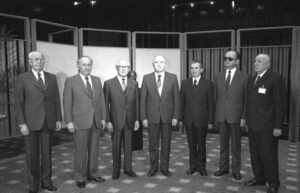
The crisis in Poland resulted in full mobilization of the special services in Hungary, especially in the area of information transmission and cultural management. Until mid-1981, the Hungarian press – with few exceptions – reported the rise and activity of Solidarity in an unfriendly tone, manipulating and silencing certain news, and spreading disinformation among Hungarian society about the real causes of the Polish crisis. In the summer of 1981, there was a marked change in the tone of propaganda which resulted in a general campaign against Poles. According to the new messaging they were accused of being lazy and not wanting to work, and it was emphasized that Hungarian workers would have to pay a high price for Polish strikes. Generally, Hungary’s leadership was pleased with martial law in Poland, leading Hungarian Television to comment: “Finally some good news from Poland.”
One could gain a more credible image of the situation in Poland only by listening to Radio Free Europe broadcasts or by reading illegal papers and books issued by the opposition which, however, usually circulated only in several hundred copies. Beyond circles of the underground press regularly reporting about the situation in Poland, there were also rare opportunities to observe gestures of solidarity with Poles. Avant-garde artists from a few, but relatively important, milieus, including musicians, restrained from firing up anti-Polish emotions. To understand how energizing the events in Poland were for Hungarian artists and how much it influenced their creativity, it suffices to recall notable acts of solidarity occurring in various scenes of the Hungarian underground.
Underground music
In the second half of the 1970s, new music movements, including punk and new wave, penetrated the country from the West; the music of David Bowie and Lou Reed also had their followers. In Hungary a new galaxy of alternative musical groups was being formed in the depressive, but not entirely hopeless mood of the early 1980s. Underground bands, were excluded from the profitable and state-controlled official “music industry”, and could only perform in small, alternative clubs – as long as their concerts were not banned.
Such groups could not (with few exceptions) ever dream of releasing their own albums. Recordings of their concerts were distributed on home-copied tapes. Thus underground bands were in a way free: they did not have to adapt to industry standards, did not succumb to any (auto) censorship, and freely sang songs about “snoops and provocateurs” and “bald censors”, pillorying the stars of official “socialist culture” while taunting them. Throughout their lyrics and stage performances, many of these bands also expressed solidarity with Poland’s “Solidarity”.

An example? In August 1982, the Balaton group performed at the Ikarus Community Center. The leader of the group, Mihály Víg, took the stage and sang: “I’m running away, I’m leaving, there are also nice girls in Poland” [“Elmenekülök, elutazok, Lengyelországban is vannak jó csajok”]. The sentence itself is not explicitly political, but additionally, on the wall behind the band, slides were being shown with armfuls of flowers, “Solidarity” sashes, and snapshots of street fights. These slides were made by Mihály Víg, who in the summer of 1982, half a year after the martial law had been introduced in Poland, went to Wrocław, where he witnessed “Solidarity” demonstrations and fights firsthand. The concert itself, with its subversive stage set, ended without problems, but a few days later Víg was called to the militia station, where he was threatened with “considerable trouble” for “fomenting against brotherly socialist countries”, if he did not stop showing the slides and performing “Elmenekülök”.
The Kontroll Csoport group was even more explicit. In one of the songs, the singer repeated rhythmically and loudly in Polish language: “Gdańsk, Gdańsk, Gdańsk, Gdańsk… Pole and Hungarian — two good friends, fighting and drinking at the end…. good, good, good, good… yes yes yes yes YES!” [“Gdańsk, Gdańsk, Gdańsk, Gdańsk… Polak-Węgier dwa bratanki, i do szabli, i do szklanki… dobrze, dobrze, dobrze, dobrze…. tak, tak tak tak TAK!”] In the final part of the song, the “yes-yes-yes-yes” [in Polish: “tak-tak-tak-tak”] sounded like a rattle of a machine gun; the reference to the imposition of martial law was obvious.
Péter Sziámi Müller, the band’s songwriter, also used to recite an epigram on Lech Wałęsa: “The newspaper doesn’t write about you anymore / Are you alive or dead / they won’t let me, / they won’t let you, no they won’t let you in / last year’s man / I love you-Lech-Lech-Lech-Lech!” [“Nem ír az újság rólad már / Élsz-e még vagy meghaltál / Nem engednek, nem engednek hozzád / Nem engednek / A tavalyi év embere / Szeretlek-Lech-Lech-Lech-Lech!”]. The last syllable of the Hungarian word “I love you” [“szeretlek”] was almost identical to the name of the Solidarity leader. Listeners of this short performance (in 1983, when Wałęsa became the Nobel Peace Prize laureate!) were representatives of the state record label. It was enough for them; the album Kontroll Csoport was not issued.

Censorship watched over the smallest allusions. The group A. E. Bizottság’s song “Beast” ends with a long list including the phrase “Serious law, unpleasant law / harassing law, martial law” [“súlyos állapot, kínos állapot / kínzó állapot, szükségállapot”]. On the group’s first album, made up of concert recordings, the word “martial law” was muffled in the recording studio.
The audience of these underground concerts probably did not know much about the situation in Poland. However, the acts carried out on stage were a way of articulating a common Central European experience and expressing international solidarity. It also enabled some people to show that their attachment to freedom of speech and the open expression of their thoughts was stronger than anxiety and self-censorship.
Neo-avant-garde art
In underground art in the early 1980s, solidarity with Poles was also a common theme. The non-conformist ars poetica of experimenters, shaped mainly in the 1970s, differed radically from the norms of official culture and required a completely different public. This new art milieu – mainly as a result of international contacts developed through mail art – joined in the transnational exchanges of concepts and values. Young artists made art in parallel with the aesthetics and practices of mail art, concept art, body art, happenings or performances formulated in the West. The authorities sometimes tolerated those initiatives, but usually forbid them.
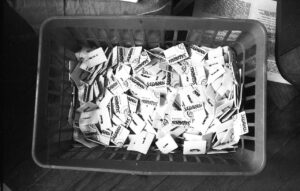
In the 1980s, the Inconnu Group was undoubtedly the most provocative in the political sense. Its members – among others Péter Bokros, Tamás Molnár, and Róbert Pálinkás Szűts – kept in touch with democratic opposition activists. In their multidimensional activities, the group did not forget the Hungarian revolution of 1956 and constantly reacted to current political events such as the Soviet intervention in Afghanistan and the establishment of “Solidarity”. It is no wonder that its achievements were constantly appearing in the reports of the secret political police.
At the beginning of 1982, after the imposition of martial law in Poland and in solidarity with the Poles, the Inconnu Group created a logotype modeled on the font of “Solidarity”, so-called “solidarycy”. This logotype appeared in leaflets and posters of Inconnu, even an appropriate artistic stamp was cast, which was often in use during the opening of the exhibition at the Budapest Young Artists’ Club. The exhibition was organized under the title “Everybody With Anybody” [Mindenki mindenkivel] by the experimental artist György Galántai. It was actually a kind of artistic action, which proved to be an effective way of circumventing the requirements of censorship. The objects displayed at the exhibition were created during its opening; as part of the action, the participants stamped sheets of paper and placed them later on the club’s walls. After the end of the action, the exhibition was immediately dismantled. According to an agent of the Hungarian security service who described the whole event, the Inconnu Group stamp which expressed solidarity with the Poles was very popular.
Inconnu constantly drew upon Polish topics, including the exhibition of artistic books organized by Róbert Swierkiewicz at the Budapest Mini Gallery in March 1982. One of the new artistic books, which were created on this occasion, was a series of “interventions” carried out by Inconnu in a book published officially in 1955. The original book contained drawings by the graphic artist and painter of socialist realism, Sándor Ék, depicting workers, peasants and Soviet soldiers liberating Hungary. They were “modified” by Inconnu in an ironic way. As a security agent reported: “One page depicting workers was modified in such a way as to refer to Polish workers. It was also titled in English and Italian: »Welcome, brave Poles!«”.
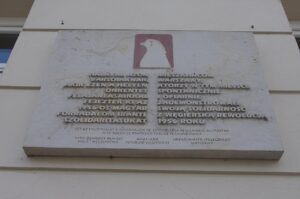
The Inconnu Group maintained a friendship with György Galántai, one of the most important figures in the neo-avant-garde art milieu. In April 1982, Galántai organized an international exhibition at the Budapest Fészek Gallery, entitled “World Art Post”. Galántai announced an open call which was answered by artists from many countries. Among the more than seven hundred stamp designs, the attention of security services was drawn primarily to those projects that were political in nature. These included a series of stamps by the painter Attila Csáji. On individual stamps of the series, with significant dates in Hungarian history such as 1848, 1919 or 1939, the Hungarian national colors appeared in various proportions. For example, on a stamp referring to the Stalinist period – and the suppressed revolution in 1956 – red occupied the largest space. The last stamp of the series, with the date 1970, lacked the green color of the Hungarian three-color flag and only white and red remained. In this way, the stamp drew attention to Polish events though not directly – at least as noted by a security agent – by referring to the strikes of 1970. The Hungarian audience could also see the stamp of Jörg Mikansky, an artist active in West Germany, who presented a sperm whale saving his wounded companion; the whole scene was titled “Solidarität for Poland”.
In 1983, the Inconnu Group prepared an illustration for the quatrain of a poem by György Petri, whose texts had been banned at that time for a decade. The graphics contained a portrait of Jaruzelski behind barbed wire, with lines woven between the wires: “I am the man of the year, / not some electrician, / Me, a really existing general, / degeneralissimus Żaruzelski” [“Az év embere én vagyok / Nem a villanyszerelő / Én , a reálisan létező tábornok / Zsaruzselszki [sic!] Degeneralisszimusz”]. Żaruzelski is a play on words, characteristic of the language of Petri’s poetry: containing the Hungarian word “zsaru”, equivalents of “cop” or “dog” – a slang term for a policeman. The poem, which showed Poland under martial law as a “police state,” was also – along with other texts on Polish subjects – published without having been censored in Petri’s book Eternal Monday [Örökhétfő]. It was one of the first publishing initiatives of a new independent publishing house modeled after the Polish underground publishers.
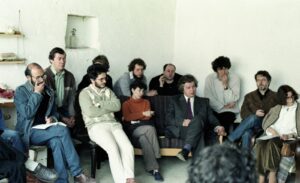
Thanks to the exchanges between the Polish and Hungarian opposition, Petri’s poem was placed in the bilingual anthology We and You [My i Wy. Mi és ti], which was published on the 30th anniversary of the Hungarian Revolution (by Przedświt Publishing House). The Polish audience was able to familiarize themselves with the works of Petri (and other Hungarian authors in the volume) and appreciate his gesture of solidarity. However, most of the allusions, gestures and initiatives did not reach the Polish audience at that time, nor did they become part of the memory of Polish-Hungarian relations and solidarity. However, we can ensure that it is not forgotten.
This article is part of a study which is currently in progress.
Author: Gábor Danyi
Translation: Alicja Rose & Jessica Sirotin

